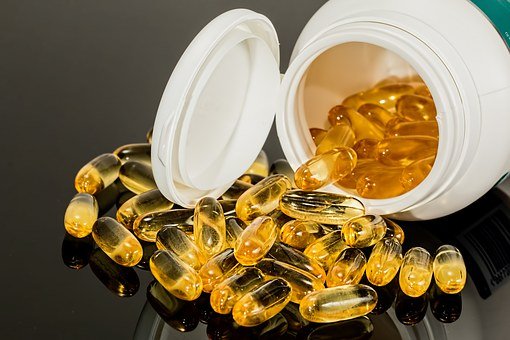Nutrients That Keep Muscles From Cramping
Certain minerals and vitamins from foods or supplements may help prevent muscle cramping. Muscle cramps most often occur in the back of the lower leg or calf, the back of the thigh and the front of the thigh. You can also get muscle cramps in your hands, feet, arms and in the abdominal area or rib cage. Strenuous physical activity in hot weather increases the risk of muscle cramps because sweating robs the body of fluids, causing dehydration that interferes with muscle contraction.
MINERALS
Calcium, magnesium and potassium help support muscle function. Loss of these nutrients may cause muscles to spasm, according to the American Academy of Orthopaedic Surgeons. You can get plenty of calcium through dairy products such as milk, cheese and yogurt. Milk and yogurt also contain potassium. Potassium also comes from various fruits and vegetables, including broccoli, lima beans, peas, potatoes, citrus fruits, bananas, cantaloupe, kiwi and apricots. Meat, poultry, fish and soy products contain potassium. Foods with magnesium include green vegetables, beans, peas, nuts, seeds and whole grains, including whole-wheat bread, pasta and cereal.

source
SUPPLEMENTS
Multivitamin and mineral supplements often include calcium, magnesium and potassium. Energy drinks also include a variety of vitamins and minerals, but these beverages may also include high amounts of caffeine. Excess caffeine may trigger muscle spasms and cramps by contributing to dehydration from frequent urination. Taking vitamin B-complex supplements may help control leg cramps, but more research is needed, according to MayoClinic.com. An analysis of 24 research articles on the treatment of muscle cramps found that vitamin B-complex may work safely and effectively to treat muscle cramps, researchers reported in a February 2010 issue of “Neurology.” Naftidrofuryl, a drug used to treat circulatory problems, and calcium channel blockers, which help widen blood vessels, were also cited as agents to help in the treatment of muscle cramps.
PEOPLE AFFECTED
Athletes who perform endurance activities, such as marathons, often experience muscle cramps. If your body is not well-conditioned, muscle cramps can develop after prolonged exercise. Normal loss of muscle occurs as people age. People over age 65 may experience muscle cramps more often, especially in the heat. The muscles don’t work as quickly as they once did and may not respond fast enough to changes in temperature.
PREVENTIVE MEASURES
Aside from protecting yourself from muscle cramps with vitamins and minerals, replenishing your body’s fluids with water or mineral water helps avoid problems before, during and after exercise. Performing stretching exercises before an activity helps lengthen muscle fibers to help them contract and function more properly during activities. Muscle cramps may occur occasionally for many people, but check with your doctor if you have severe or frequent muscle cramps.